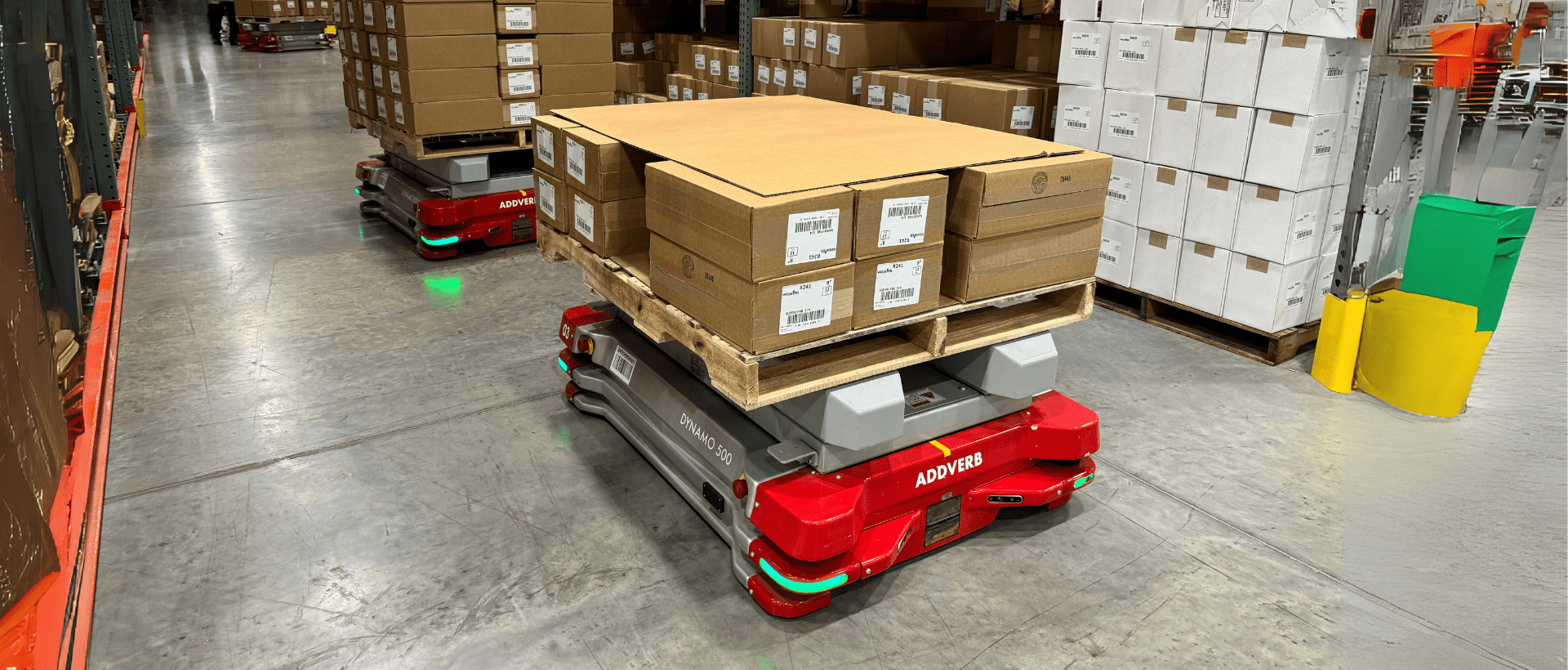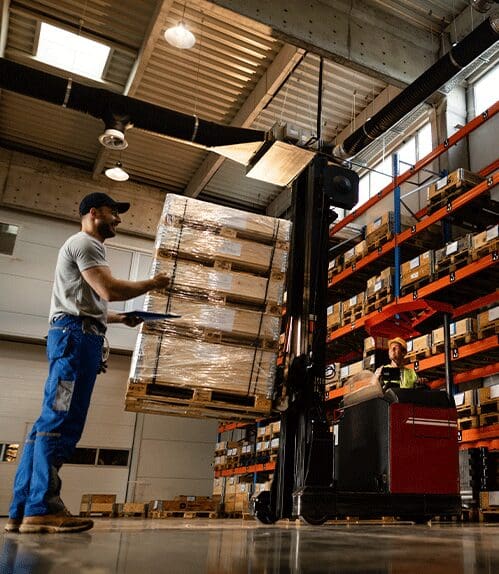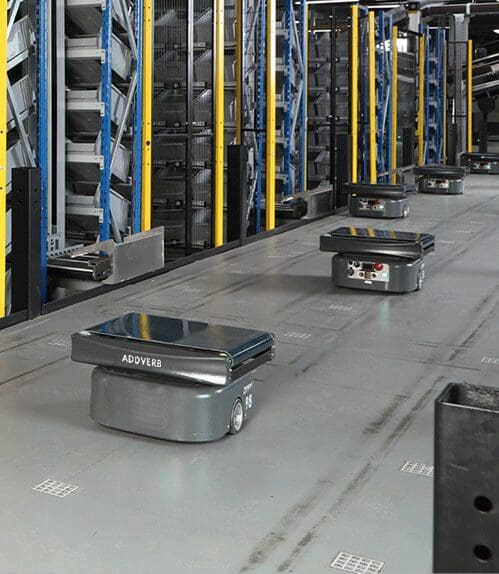Table of Contents
The seamless integration of automation in electronics industry is known as electronics automation, and it is quickly changing how electronic gadgets are created, manufactured, and put together. The electronics sector has reached new levels of innovation and production because of this convergence, which has unlocked advantages ranging from increased efficiency to greater safety.
Understanding Automation in the Electronics Industry
Electronics manufacturing is using robotics, artificial intelligence (AI), and machine learning to automate various stages of production. Automation streamlines processes that were formerly labor-intensive and prone to mistakes, from component placement and soldering through quality assurance and packaging.
Unlock Precision in Manufacturing
Automation has brought about a new era of precision and speed in electronics manufacturing. Some of the processes that have undergone revolution include the following:
- Robots equipped with computer vision systems are capable of precisely placing microscopic components on circuit boards, reducing the potential for human error and improving overall quality.
- Automated soldering equipment provides consistent and reliable connections, extending the life of the product.
- Automation in electronics enables faster, more thorough testing of electrical items while also improving the ability to identify defects and abnormalities.
- The assembly line’s effectiveness: Automated conveyor systems provide efficient part circulation, reducing production bottlenecks and boosting output.
How Automation in Electronics Can Transform the Future
The advantages of automation in electronics are numerous and significant:

- Improved Efficiency: Automation in electronics speeds up production cycles, cuts downtime, and lowers waste, resulting in improved efficiency all around.
- Consistent Quality: By reducing human error and variability, automated procedures guarantee consistency in product quality.
- Savings: Although the upfront costs of an investment may be high, the long-term savings from labor savings, higher output, and decreased defects far surpass the upfront expenditures.
- Productivity Gains: Manufacturing companies can now more quickly and successfully meet consumer demand, thanks to automation.
- Ensuring Safety and Compliance in Electronics Automation: Although automation has unmatched advantages, compliance and safety still come first. To guarantee the quality, safety, and dependability of the products, manufacturers must abide by strict laws and standards. Automation equipment needs to be calibrated and maintained regularly to avoid faults that could jeopardize the integrity of the final product.
How does Electronics Automation improve productivity and efficiency?
Electronic automation increases efficiency and productivity by:
- Speed: Automated processes run quickly, enabling shorter production cycles.
- Accuracy: For complex jobs, robotic and AI-driven systems provide unmatched precision.
- 24/7 Operation: Automation makes it possible to produce continuously without the need for human intervention, which increases output.
- Analytics of data: Automation systems gather and examine data in real time, enabling continuous process optimization.
Challenges in Implementing Electronics Automation
- High Initial Investment: The cost of purchasing automation equipment can be high, necessitating a comprehensive financial plan.
- Training: Employees must be properly trained to use and maintain automated systems due to a skill gap.
- Integration Difficulty: It takes careful planning and coordination to integrate automation into current industrial processes.
The Future of Automation in Electronics Industry: Trends and Innovations
Even more revolutionary developments in electronics automation are anticipated in the future:
- Human-robot Collaboration: Cobots, or collaborative robots, will work alongside people while fusing human ingenuity with robotic accuracy.
- AI-driven Quality Control: AI will become more important in real-time defect and anomaly detection, which will enhance quality control.
- IoT Integration: The Internet of Things (IoT) will connect automation systems, enabling remote monitoring and control.
The Electrical Automation Market size is estimated to reach $54.2 billion by 2030, growing at a CAGR of 5.3% from 2024 to 2030.
Experience the Power of Automation with Addverb
Electronics automation in production procedures is now a need, not an option. By embracing the power of automation, the electronics industry is positioned for spectacular growth. Knowing these changes as a customer, investor, or enthusiast enables you to contribute to this technological growth and make wise judgments. Want to know how automation in electronics can transform your business? Contact Addverb and find out how we can help you redefine your business with our cutting-edge automation solutions.

FAQ
How does automation in electronics improve productivity?
By streamlining assembly, testing, and packaging, reducing downtime.
What robots are used in electronics?
Cobots, pick-and-place robots, and precision assembly robots.
How does automation in electrnics enhance quality?
It reduces human errors, ensuring consistent, defect-free products.
Is automation viable for small manufacturers?
Yes, scalable solutions make it cost-effective.
What role does AI play in automation?
AI enables predictive maintenance, analytics, and process optimization.
Can automation reduce waste?
Yes, by improving precision and supporting recycling.
What are the challenges?
High costs, rapid tech changes, and workforce upskilling.





